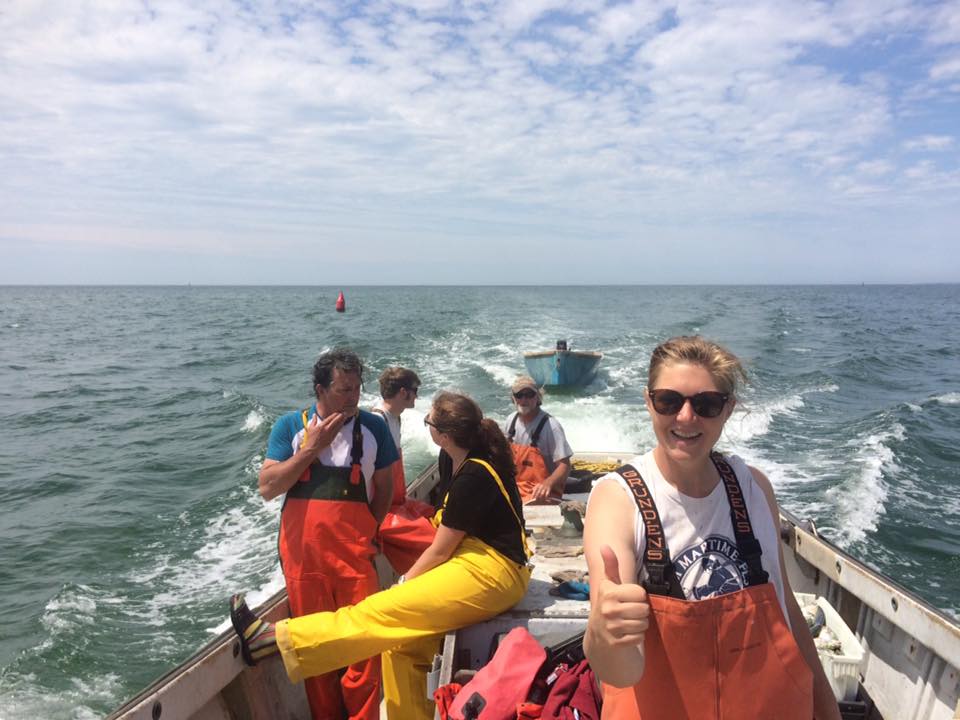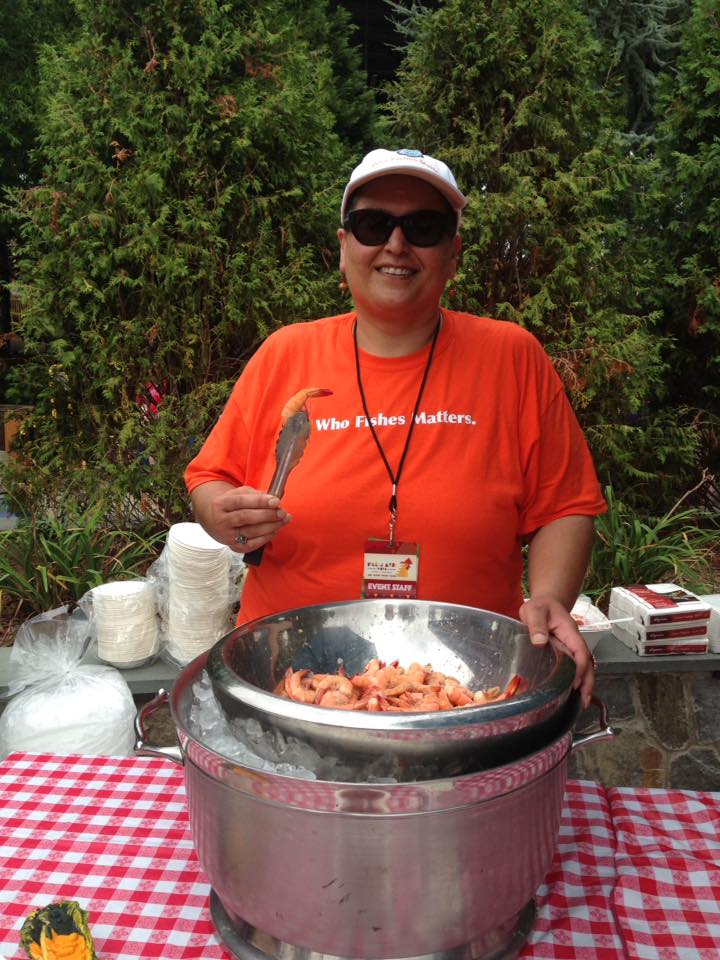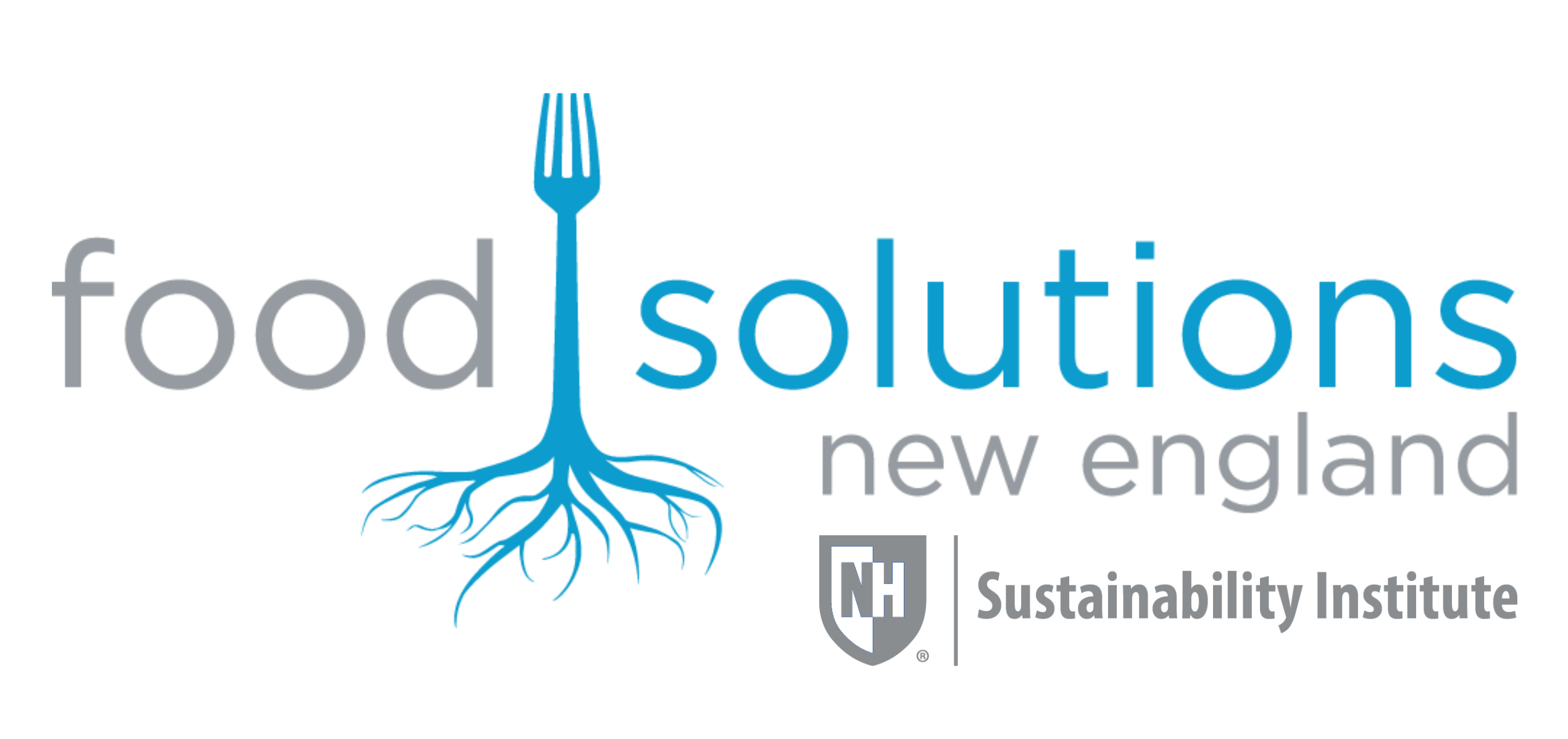
This story originally appeared in WhyHunger’s publication “Through Her Eyes: The Struggle for Food Sovereignty” for International Women’s Day 2017.
We know that women are responsible for 60-80% of food production in the Global South and represent 50% of food chain workers in the U.S. Yet, women and girls are disproportionally affected by hunger. This publication honors and amplifies the voices of women around the world who are fighting for food sovereignty and creating just, sustainable communities that benefit all. In Through Her Eyes, women from Florida to New Jersey and Puerto Rico to Mozambique share their opinions, stories and experiences on topics including agrochemicals, fishing practices, food stamps, GMOs, farmworkers and more.
Download the full publication here: Through Her Eyes: The Struggle for Food Soveriegnty
Shannon Eldredge and Niaz Dorry, Northwest Atlantic Marine Alliance (NAMA), USA
 Shannon Eldredge is the President of Northwest Atlantic Marine Alliance (NAMA), a fishermen-led organization in New England dedicated to improving the lives of small and medium sized fishing communities. She also serves on the board of Women of Fishing Families in Cape Cod, Massachusetts. Shannon continues her family’s 50+ year tradition of fishing and holds a Master’s degree in Early American History with a focus on Women in Maritime Communities.
Shannon Eldredge is the President of Northwest Atlantic Marine Alliance (NAMA), a fishermen-led organization in New England dedicated to improving the lives of small and medium sized fishing communities. She also serves on the board of Women of Fishing Families in Cape Cod, Massachusetts. Shannon continues her family’s 50+ year tradition of fishing and holds a Master’s degree in Early American History with a focus on Women in Maritime Communities.

Niaz Dorry is the Coordinating Director at NAMA and has worked on issues related to fisheries and fishing communities since the 1990s when she served as a Greenpeace Fisheries & Oceans Campaigner. Niaz was named a “Hero of the Planet” by Time Magazine and has been cited in numerous publications. She currently resides in Gloucester, Massachusetts where she works with a variety of organizations in addition to NAMA, including the National Family Farm Coalition.
Shannon: My mom was a fisherman alongside my dad, and on her own as well. So she kind of set the stage, and set the bar, for me. I was following in her footsteps. She started fishing with my father, which was very common back in the 70’s. Wives would jump on boats with the crew or help shuck scallops or do a lot of shoreside support work for their husbands’ businesses. And throughout our history in the Northeast, it was never unusual for women to be out there. Across the Northeast Coast of the United States, Native American women — long before settlers arrived — were collecting and harvesting shellfish along the shore while their husbands were hunting.
Niaz: The job of selling, cleaning, preparing the fish — doing everything post-catch — has been done by women in many countries and in the U.S. They’re the ones who are often wheeling and dealing the catch of the small-scale sector. And in the marketplace they’re marginalized because the industrial sector is what determines the lowest price. But of course we all know that a low price always comes at a pretty high cost.
Shannon: In our area of New England, the shift towards consolidation of the fishing industry into fewer boats on the ocean has been underscored by industrial fishing efforts. What that ends up looking like is these big, capital-heavy industrial scale fishing fleets on the ocean essentially raping it, and squeezing the small and medium scale fishermen out of business. In my role doing support work, I hear these stories, especially from wives because they’re coming to us in need of help applying for health insurance or they need financial aid. They come in telling their stories, all based on a foundation of stress. Sometimes, the fishery can’t afford crew because their bottom line is being jeopardized so they’ll have their wife come on board, which stresses the family out and might put stress on the relationship. There’s tension in the household because of the uncertain income. You never know what you’re going to make in a given year. There’s no consistency because the price is unstable. We’ve had families come to us who are on the verge of divorce. There have been suicide attempts, substance abuse, alcoholism, depression and other mental health issues that are just plaguing these fishing communities. And the wives are the ones trying to pick up the pieces in their households. This paints a picture of how the globalized, industrial food system — by just having so much control over the price and so much control over how they resource and manage — causes strain on women and families in fishing communities.
Niaz: Most of the women that I know who fish — with a few exceptions — are women who are fishing in a non-industrial fashion, fishing on a small-scale, using a diversified approach to their fishing operation, and yet the laws aren’t written to protect them. So for us it’s really important to be able to translate all of this into the basic message of “If you care about the fish, then who fishes matters.” Other organizations that are pushing for the neoliberal agenda, which has largely taken over the fishing industry, promote the message that, “A dead fish is a dead fish; it doesn’t matter who caught it.”
Shannon: A lot of NGOs and big environmental groups are supporting the concept of consolidation and privatization of the resources. They believe it will make it easier to manage marine conservation if there are fewer companies, but that’s not what happens.
Niaz: We’ve been able to show that there is an ecological impact of privatization, and an ecological impact of industrialization. If you want to save the ocean, then you need to pay attention to who’s catching the fish. The idea that ownership equals stewardship doesn’t wash. We have to come up with a different model.
Shannon: As humans we’re part of an ecosystem. The current system of consolidated management doesn’t recognize that. Marine conservation is a top down approach. Excluding the fishermen from decision-making means there’s a negative impact on the community. Women play a really integral role in [managing the impact on the family and community] in New England specifically. There are all these meetings with policymakers, scientists, environmental groups, who are all at the table but what’s absent are the fishermen. Women have been playing a role speaking on behalf of their families who are out to sea and can’t make these meetings. But they’re often not taken seriously. And the [male] fishermen — even if they are at the table — they’re not taken seriously either. “Oh, they’re fishermen, what do they know?” or, ”It’s the fisherman’s wife, what does she know?” These policies are made without any consideration given to our voice. But who fishes does matter. We matter in the ecosystem. We matter in the food system. We matter at the policy table. But we’re not included.
Niaz: As we see our movement grow, we see more and more women that are leading these various efforts. On the policy front we see people like Shannon and others stepping up and adding their voice as people who actually fish and happen to be women. Raising the profile of women in the fishing industry or fishing communities would be a good way to start, and adding value to what they’re dealing with and allowing them to bring forward issues that we can organize around.
Shannon: There are traditional roles between men and women in small-scale fishing communities, and as the global food system expands, those roles are being compromised. In Maine a half century ago, the coast was dotted with community processing plants. Every single coastal community had a processing plant, like a cannery for sardines and lobster. Those factories, those processing plants, those canneries were populated with female workers. Over the last 50 years, the herring market was consolidated into a very few fishing businesses. During that time, canneries have slowly shut down, displacing a source of jobs and incomes for coastal community families and especially women. So, what’s happening — either because of the loss of jobs in the fishing industry or the inability of the small fishermen to compete price-wise, we are also losing the opportunity to feed ourselves and our own communities. In any community where food is produced, you should be able to feed your community first. For instance, we fish from the middle of April and go as late as September. We could feed our entire community in Cape Cod every single day and very inexpensively. If you wanted to buy our fish whole, it’s $1 or $2 a pound. Fish on the market right now, like cod imported from Iceland is $17.99 to $21.99 a pound. You can’t feed a family of four at those prices.




